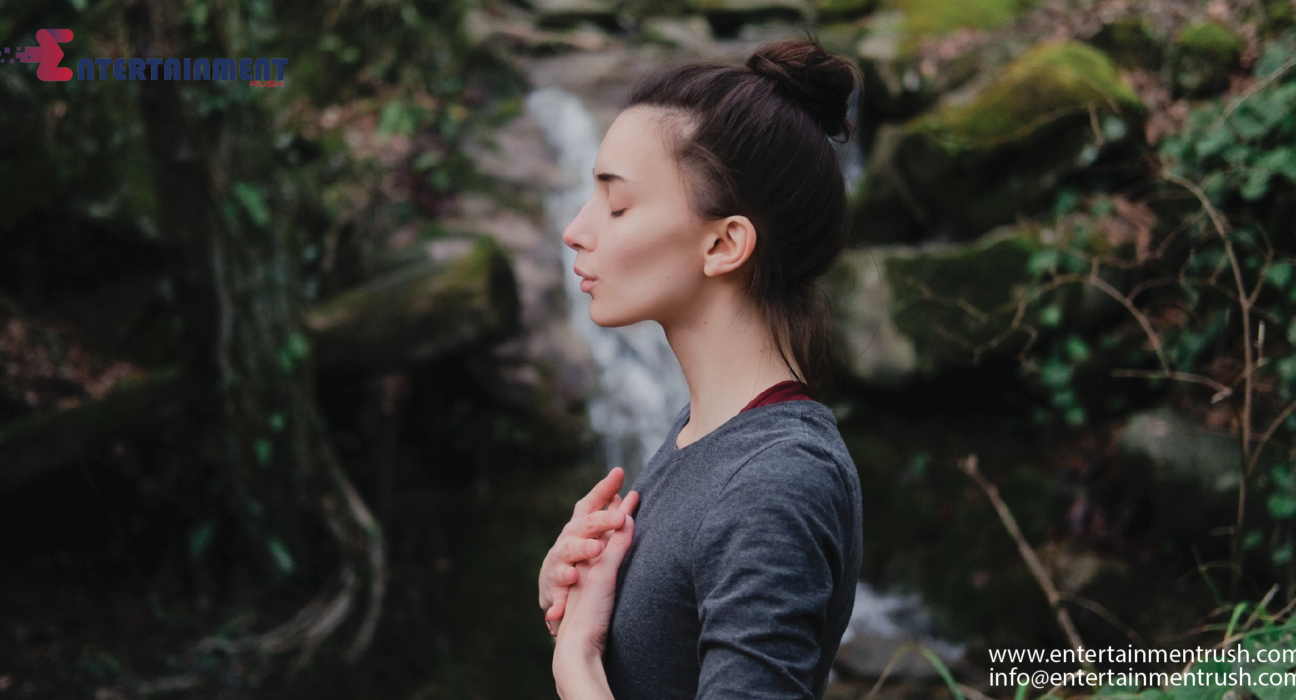The intricate relationship between breathing and anxiety has long intrigued scientists and health enthusiasts alike. In this article, we delve into the scientific exploration of how our breath impacts our mental well-being, uncovering the profound connections that exist between breathing patterns and anxiety levels.
Understanding the Link
Breathing as a Key Tool for Managing Anxiety
Author and journalist James Nestor’s extensive research in his book “Breath: The New Science of a Lost Art” sheds light on the significant role of breathing practices in managing anxiety. His exploration with experts underscores how neglected breathing patterns can perpetuate anxiety despite other interventions.
Bidirectional Relationship
Research suggests that changes in breathing can both result from and trigger anxiety. The interplay between our breathing patterns and the autonomic nervous system (ANS) demonstrates how controlled breathing can shift us from states of stress to calmness by influencing sympathetic and parasympathetic responses.
Scientific Findings
Efficacy of Breathwork
Studies, including a 2023 research endeavor, emphasize breathwork’s efficacy in emotional regulation. Techniques like cyclic sighing have been shown to significantly reduce anxiety, offering promising avenues for anxiety management beyond traditional methods.
Carbon Dioxide Levels
Research by Justin Feinstein highlights the crucial role of carbon dioxide (CO2) levels in anxiety disorders. Individuals with anxiety often exhibit reduced CO2 tolerance, perpetuating a cycle of ineffective breathing patterns and heightened anxiety responses.
Practical Strategies
Breathing Exercises
Practical breathing exercises offer tangible solutions for anxiety management. Techniques like alternate nostril breathing, diaphragmatic breathing, and coherent breathing promote relaxation and mental clarity, providing accessible tools for individuals to manage their anxiety levels.
Consistency and Routine
Consistent practice of breathing techniques is emphasized as key to reaping their benefits. Establishing a routine that incorporates these exercises into daily life can transform them from simple practices into powerful tools for managing and preventing anxiety.
Enhancing Effects Through Combined Therapies
Integration with Other Treatments
Combining breathing techniques with other therapies such as cognitive behavioral therapy and meditation can amplify their effectiveness in combating stress. These integrated approaches offer holistic solutions for long-term mental well-being.
Conclusion
The scientific exploration of the relationship between breathing and anxiety underscores the profound impact that our breath can have on our mental health. By understanding and harnessing the power of breathing techniques, individuals can cultivate resilience against anxiety and pave the way for a healthier mind.




Leave feedback about this